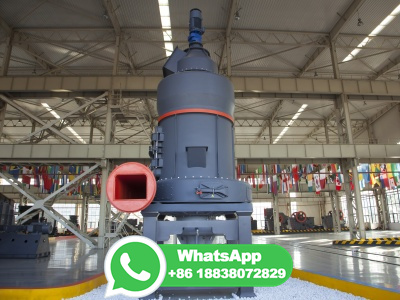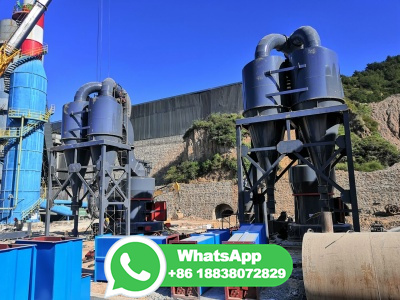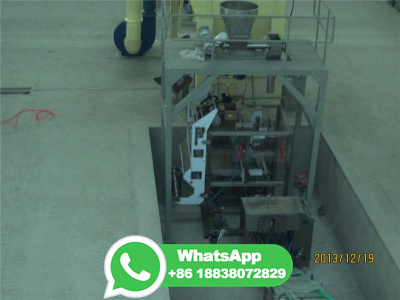PDF AP42, CH : Brick And Structural Clay Product Manufacturing US EPA
Process Description 36 The manufacture of brick and structural clay products involves mining, grinding, screening and blending of the raw materials followed by forming, cutting or shaping, drying, firing, cooling, storage, and shipping of the final product. A typical brick manufacturing process is shown in Figure






















![How to Manufacture Bricks: Brick Manufacturing Process [With Top 4 Steps]](/sf6q94p/198.jpg)











